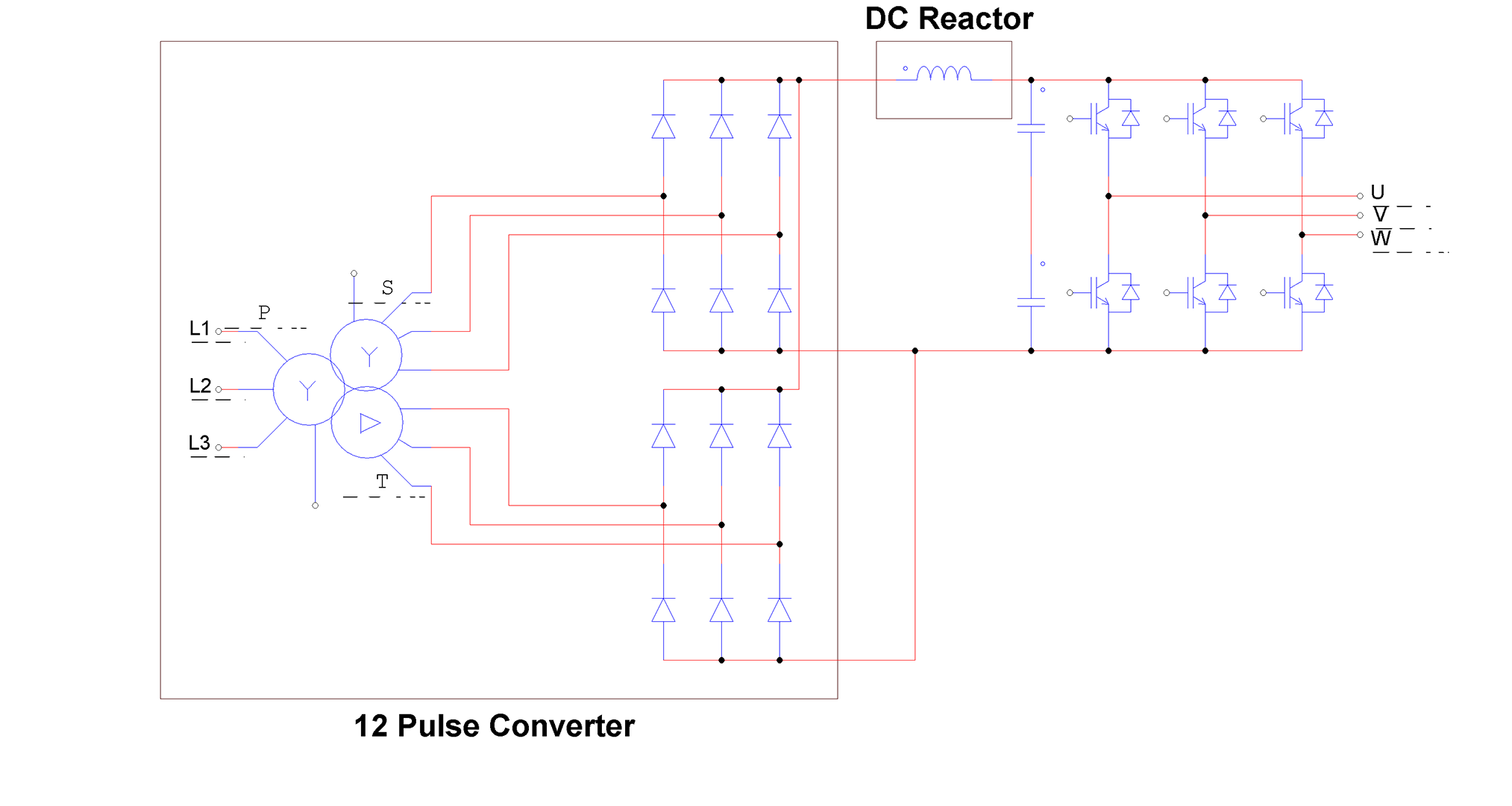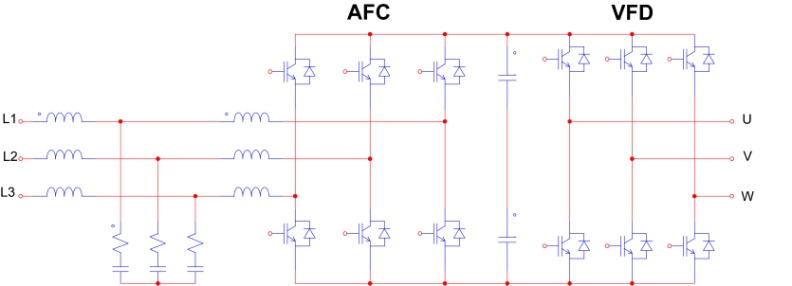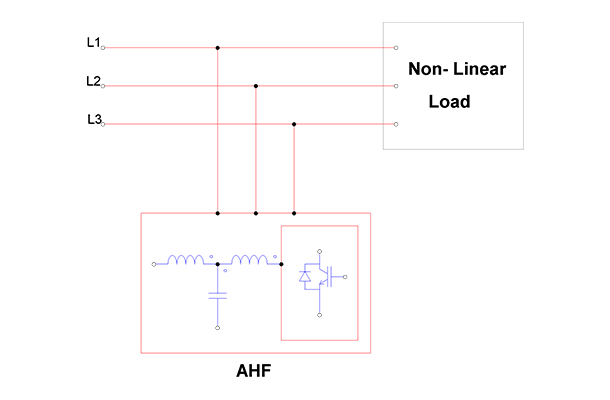
The use of sophisticated electronics equipment like Computers, DC Drives, Variable Frequency Drives, Thyristorised Heater Controllers, UPS, Switch Mode Power Supplies etc is increasing day by day in the industry.
These are non-linear loads and are responsible for harmonics generation. They draw non-sinusoidal current from the mains as compared to the linear loads like Incandescent lamps, Heating loads and Induction motor loads. They pose a big challenge for power quality.
The influence of the harmonics is not known to many and so this is neglected for quite some time. But they are responsible for,
It is customer’s responsibility to maintaining current distortion within the acceptable levels (Std. IEEE-519), while the utility is responsible for limiting voltage distortion.
Amtech offers a range of products and services for the power quality improvement, energy conservation, enhanced operational efficiency and reliability improvement.
There are different harmonics mitigation solutions available and one shall choose the best fit solution based on the harmonic study and future needs. The solutions can be applied at equipment level or at system level
It is always advisable to mitigate the harmonics at the very origin. For example, the major source of the harmonics are the variable frequency drives (VFD), UPS, Power supplies etc. If you adopt the approach to eliminate the harmonics at the equipment level, it will not further propagate to the system and not influence at plant level equipment. The possible solutions are,
This is one of the most cost effective solution to reduce the harmonics at the equipment level itself.

Same as line reactors / dc reactors, this is also very rugged solution, but it requires customized VFD.

Amtech provides Wideband Harmonic filters, which are also very rugged, cost effective and high efficient solution.
For more information, visit Wideband Harmonic Filter | Amtech Electronics

The ultimate solution at the equipment level mitigation.
For more information, visit www.pwmconverter.com

Sometimes the equipment level solution approach is not practical and cost effective. So you need a system level approach. The following harmonic solutions use a system approach to correct the harmonics for groups of loads for commercial and industrial power systems:
Typically requires system knowledge and application study/analysis before deploying the solution. But when the load increases, they are under stress and you may see frequent failures. Also, very prone to the change in grid frequency. Typically reduces most prevalent harmonics (typically 5th) to acceptable level, provides PF correction support and avoids resonance by selecting “tuned” frequency.

Typically requires system knowledge. The load is distributed on each transformer to get the multi-pulse effect at the primary side of the transformer. Again, any future expansion will create a problem

Excellent cancellation for 2nd through 50th harmonic currents, cannot be overloaded, can take advantage of diversity of loads. Very easy to address any future load expansion. AHF can help you to easily meet IEEE519-2014 guidelines at plant level.

| Technology | Inductive reactors | 12-pulse converters | 18-pulse converters | Passive filters | Active front end drives | Active harmonic correction filters |
| How it works? | Offers high impedance that limits high frequency currents. | Two parallel 6-pulse converters, each fed by isolated 30° phase shifted secondary. Mitigates 5th and 7th order harmonics. Input impedance mitigates higher-order harmonics as well. | Three parallel 6-pulse converters, each fed by isolated 30° phase shifted secondary. Cancels all harmonics below 17th order. Input impedance mitigates higher-order harmonics as well. | Designed to provide low input impedance path for the 5th and 7th harmonics, connected in shunt. | IGBT-based active bridge with L-C-L filter, connected in series, always operates in boost mode and draws sinusoidal current from the mains. | IGBT-based active bridge with L-C-L filter, connected in shunt, actively measures and injects equal and opposite harmonics into the system, canceling most harmonic currents below the 50th harmonic. |
| Typical THD | 38–45% | 12–18% | 5–8% | 6–8% | 3–5% | 5–10% |
| Cost | Low | Medium | Higher | Higher | Highest | Highest |
| Advantages |
|
|
|
|
|
|
| Disadvantages |
|
|
|
|
|
|
| Amtech Solution | Offered for each rating | Offered for high power requirements | Customized solution for specific needs | Axpert-i-Sine Series WHF | Axpert-i-Sine Series AFC | Axpert-i-Sine Series AHF |